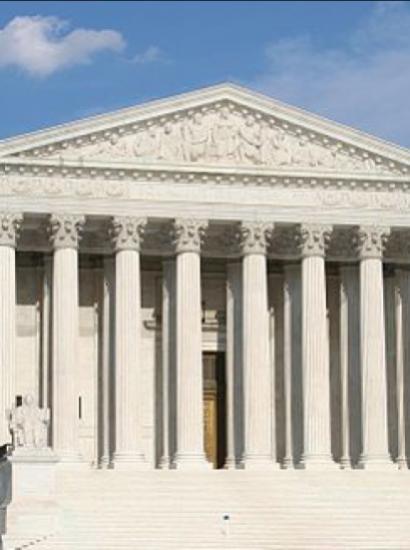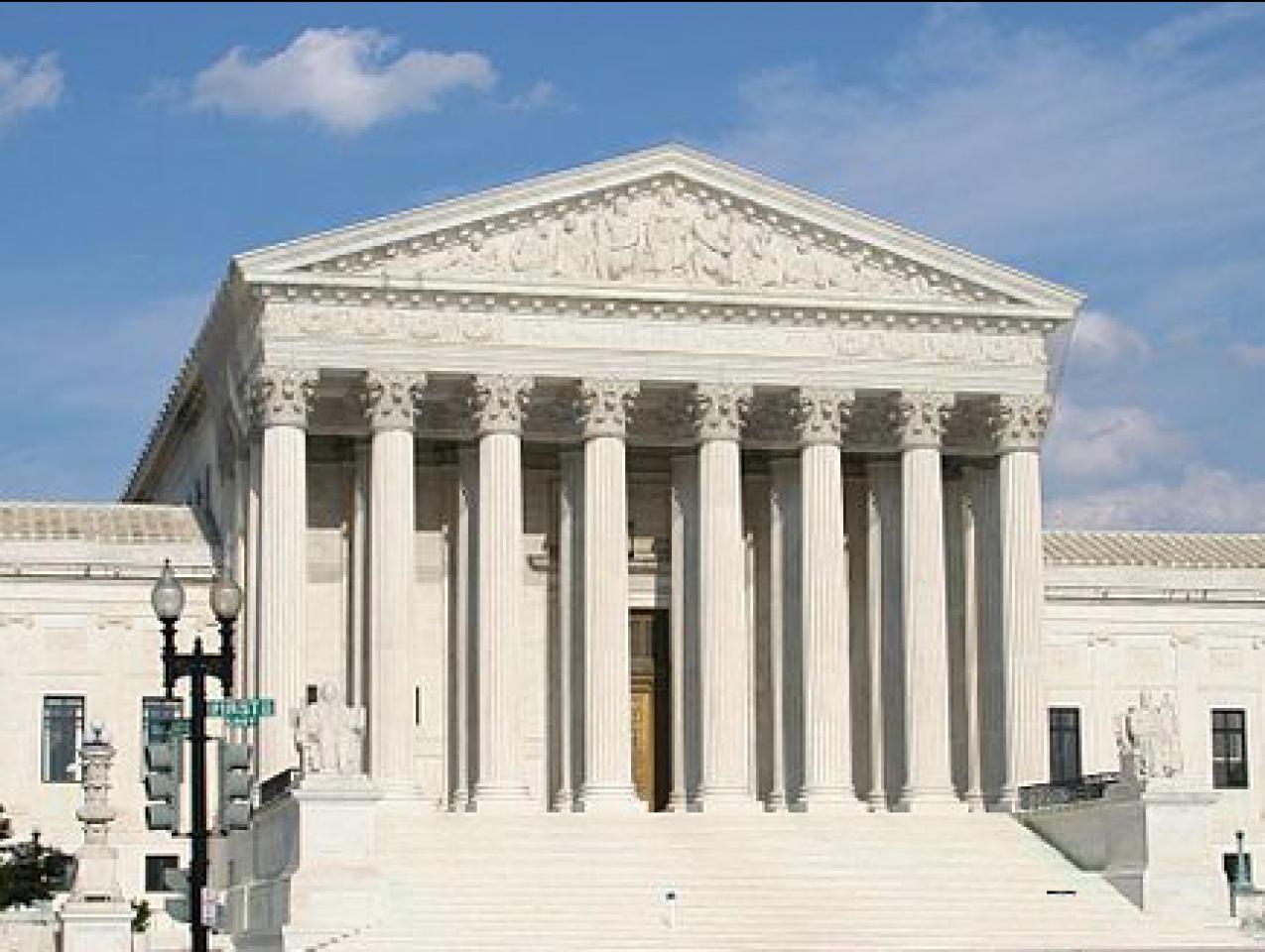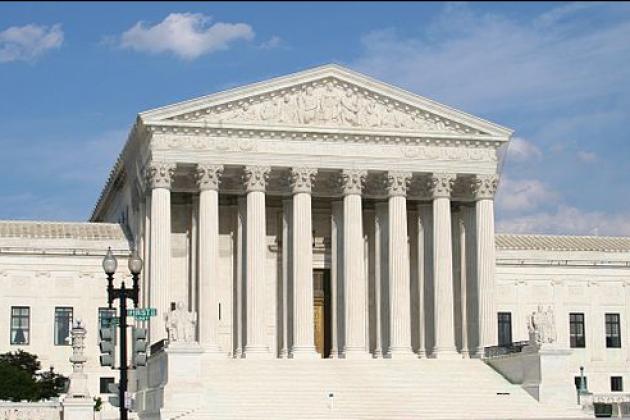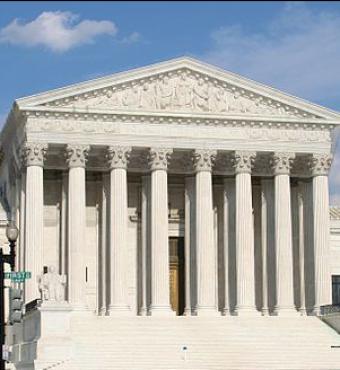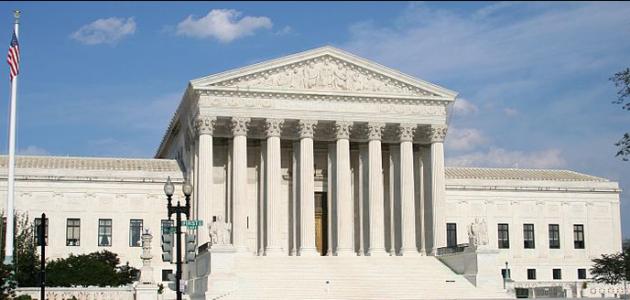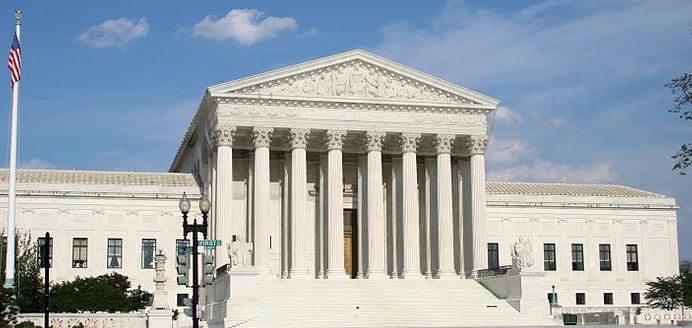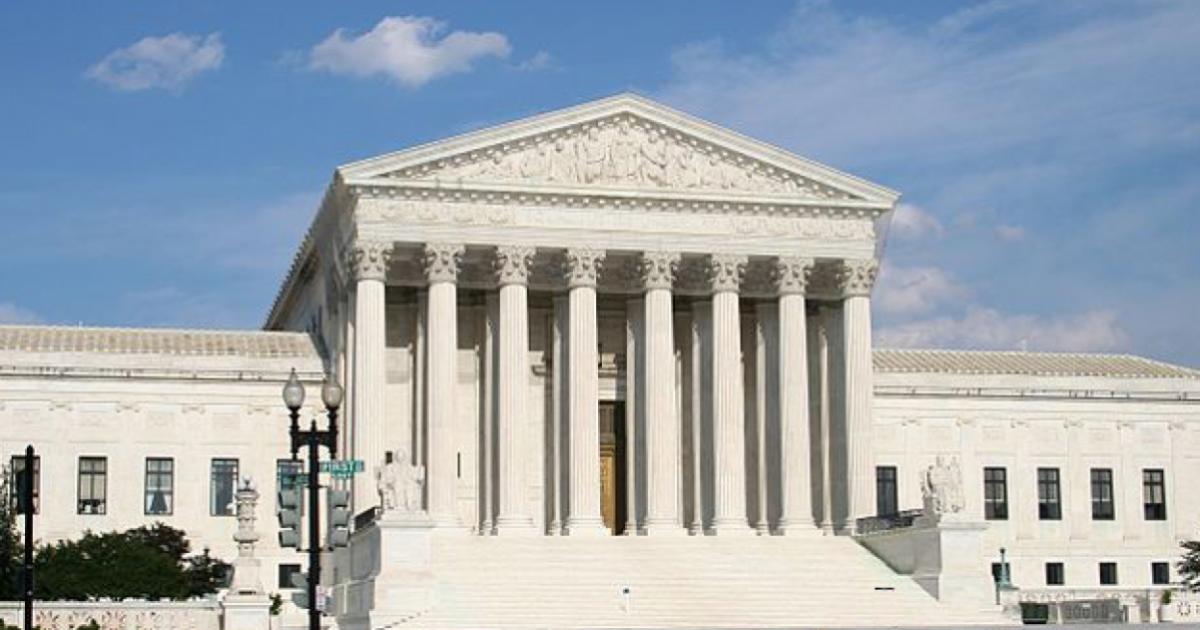The Supreme Court made headlines this past week with its spirited discussions about the future shape of American administrative law, brought to the fore in two major cases—Relentless, Inc. v. Department of Commerce and Loper Bright Enterprises v. Raimondo. Both cases involve administrative fees imposed upon fishing boats, not by Congress, but by the National Marine Fisheries Service. It was undisputed that Congress had required these boats to make room at their own expense for a government inspector—no small accommodation when space is tight and operations difficult. But when financial distress hit the NMFS, it added insult to injury by insisting that the boats also pay for the on-board inspectors, even though the basic legislation had sharply limited the occasions on which this could be done and the amounts to be charged. Treated as an ordinary matter of statutory interpretation, the case was a no-brainer. Congress must pass tax legislation, not the agencies, so why allow any agency to usurp that role? It is for that reason that Roman Martinez, for the plaintiff in Relentless, stressed in oral argument the common objection that the Chevron doctrine offended the separation-of-powers principle by allowing the courts to empower agencies to rewrite congressional standards.
In the day-to-day world, these risks are much reduced because courts interpret statutes without the interposition of an administrative determination, so these shenanigans would be curtly dismissed as a clear abuse of authority. The critical Chevron doctrine provides that when the text is clear, the agency is duty bound to follow the law. But when the law is not settled, the agency’s reading of an ambiguous statute receives deference in court, such that the path by which the rule gets to the court can well determine what outcome it requires. The standard argument to defend this path-dependent argument is that administrative expertise has its privileges, so that courts will follow along once the agency experts speak on an ambiguous point of law.
Sadly, the claim of expertise in the interpretation of the language of a statute or regulation is a myth. We create courts whose judges are steeped in interpretive skills to do exactly this task. And their judicial lives are only made more difficult in that there is no uniform answer to the initial linguistic query, which ironically seizes on the latent ambiguity in the term “ambiguity”: left without a standard definition, some courts treat ambiguity as a rare occasion and others rejoice in the prospect as the royal road to agency deference. So why not just try to get it right the first time, as they do in other cases? Worse still, ambiguity is fraught with political risk, for it is an open secret that political appointees routinely vote along political lines, which always puts supposed expertise in the back seat when agencies do their work. Why then turn cartwheels to give the agency partisans extra running room?
If, accordingly, these agencies truly have the expertise now imputed to them, they should be able to win cases, not by their pedigrees, by the strength of their arguments. To defer to their judgment, moreover, introduces a dangerous instability in the law. The change in political regimes means that any new 3–2 red/blue majority can flip the last decision, so that private businesses can be forced to navigate their long-term projects through two (or more) regime changes. Courts, for all their weaknesses, routinely rotate the panels that hear individual cases across different subject areas, which fosters an environment that stresses judicial independence, not political fealty. All the deference should go in their direction on these points of law.
At this point, the historical question is how courts climbed into the Chevron box back in 1984, when the doctrine was first announced. It is hard to remember today that when Justice John Paul Stevens penned his decision in Chevron, Inc. v. NRDC (1984), the administrative-law culture featured aggressive judicial oversight, especially from the adventurous District of Columbia Circuit Court. Chevron itself involved the tricky interpretive question of what should count as a “stationary source” under Clean Air Act Amendments of 1977 to the basic act. The Reagan administration had promulgated a “plantwide definition” of the phrase, which in effect allowed the plant to shift its emissions from one device to another within a “bubble” without having to go through a new permitting procedure. In 1982, the District of Columbia Circuit, speaking through then-judge Ruth Bader Ginsburg, held that bubble reading to be invalid on the ground that the particular facility was within a “nonattainment” area, in which stronger measures were said to be required for the means to be congruent to the ends—ends that were not stated in the statute.
There is no surprise here because in most fields, environmental law included, it is Democrats who want the elbow room to increase the scope of regulation relative to Republicans. Hence, they were unhappy with the bubble concept, which eased the burden. To deal with this situation, Justice Stevens concluded that with close choices like this, it is better to let the agency decide in the face of what he perceived as a genuine ambiguity. So, Chevron started out as a conservative document, but it quickly morphed into the clear friend of aggressive Democratic interventions to defer to friendly agencies. It was thus neutral in name but not in consequence.
There is little to quarrel with in Chevron’s outcome, but much to criticize about its methodology. What Stevens’s decision did was to ignore the more delicate task of reading the provision to come up with a sensible answer on the substantive issue. There was no need for him to take that dive when a closer look at the merits could have been made to ask why any distinction should be made between attainment and nonattainment areas, i.e. those in compliance with statutory standards and those which need improvement when the statute does not draw that distinction in this context. The better answer is to look for an efficient outcome, which for both areas favors the regulation propounded by the Reagan administration. That regulation sought to increase total plant output whenever it does not increase pollution. Allowing plant owners to shift output among these closely situated smokestacks achieves that goal, at least in the absence of evidence that points to some environmental degradation from these modest relocations, which was never asserted below.
What is equally clear in this setting is that the approach outlined here is consistent with the basic structure of the Administrative Procedure Act, where Section 706 states emphatically:
To the extent necessary to decision and when presented, the reviewing court shall decide all relevant questions of law, interpret constitutional and statutory provisions, and determine the meaning or applicability of the terms of an agency action.
This section was crafted in 1946 in the post–New Deal response to the aggressive expansion of the administrative state, arising among the powerful political undercurrents of new disfavor with a robust New Deal approach after the Second World War. Section 706 was intended to return the control over legal questions to the courts, and it was more than a telltale sign that Chevron had gone off the rails when it announced its newfound deference standard as a free-form exercise, without once referring to the explicit statutory language in Section 706 that controlled the question.
At this point it is critical to see how ideally Section 706 fits into a larger understanding of the relationship of the courts to the administrative state, a central feature of which was to substitute the use of federal boards or commissions for trial courts. Thus, Chevron itself went straight to the court of appeals, so that the EPA functioned as its own de facto trial court. This implies that such administrative tribunals should be subject to de novo review on pure questions of law, just like ordinary trial courts, which should be the standard.
In his otherwise strong critique of Chevron, Paul Clement, counsel of record for the Loper petitioners, opened with this provocative quotation: “This case well illustrates the real-world costs of Chevron, which do not fall exclusively on the Chevrons of the world but injure small businesses and individuals as well.” But it would be dangerous business to make anything in administrative law turn on the wealth or political influence of the regulated parties. It is course true that larger firms are generally better able to defend themselves in the political process, but there are always exceptions to any rule, and the case against this regulation is not weakened if the regulation were challenged by a large and profitable fleet of ships. In ordinary litigation, size and wealth are irrelevant in reading statutes, regulations, and contracts. Going for the best interpretation is always the hallmark of good legal reasoning. All the difficulties in administrative law take a long time to sort out, and the most important thing here is that the court should not be distracted by irrelevant considerations or think that some clever compromise of the standard of review will be able to curb administrative abuse. It isn’t so. Clean solutions on this question are needed to prevent the reinvention of Chevron under some other guise.









